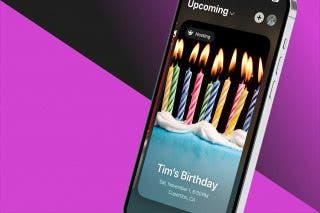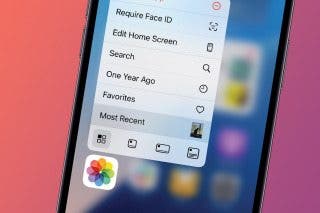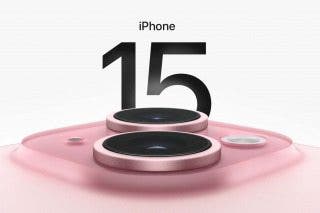Fixed: Stolen Device Protection Thinks I’m Not at Home


What to Know
- Stolen Device Protection is the latest iPhone security update to protect your phone from thieves.
- However, sometimes this feature can be a bit buggy and not recognzie when you’re at home.
- To fix this, you will need to add your home address and enable Significant Locations.
Apple’s Stolen Device Protection is a great new feature that protects your iPhone from potential thieves by preventing changes to the passcode when you’re away from home. However, some users have found that Stolen Device Protection incorrectly reports that they are away from home when they’re not. Let’s get to the bottom of why this seems to be happening.
What Is Stolen Device Protection?
Stolen Device Protection keeps your iPhone secure by preventing changes to your passcode or Apple ID password. Additionally, accessing passwords requires Face ID authentication and does not fall back to your passcode, meaning only your face can unlock them. This is a great feature that helps combat thieves who might figure out your passcode. Everyone who has access to this feature should enable it.
However, a strange phenomenon has happened when some users have activated Stolen Device Protection. Sometimes, when Stolen Device Protection on your iPhone is turned on, you might go to change your passcode or make a change to your Apple ID and you’ll get a message saying you’re not at home, so you’ll have to wait an hour to make changes, despite the fact that you are at home. For more iPhone security tips and tricks, be sure to sign up for our free Tip of the Day newsletter. Now, let’s see if we can figure out how to remedy this situation.
Stolen Device Protection Needs Significant Locations
In order for Stolen Device Protection to know you’re at home, it needs access to your location, specifically Significant Locations. Before doing anything else, let’s make sure you have Significant Locations enabled:
- Open the Settings app, and tap Privacy & Security.
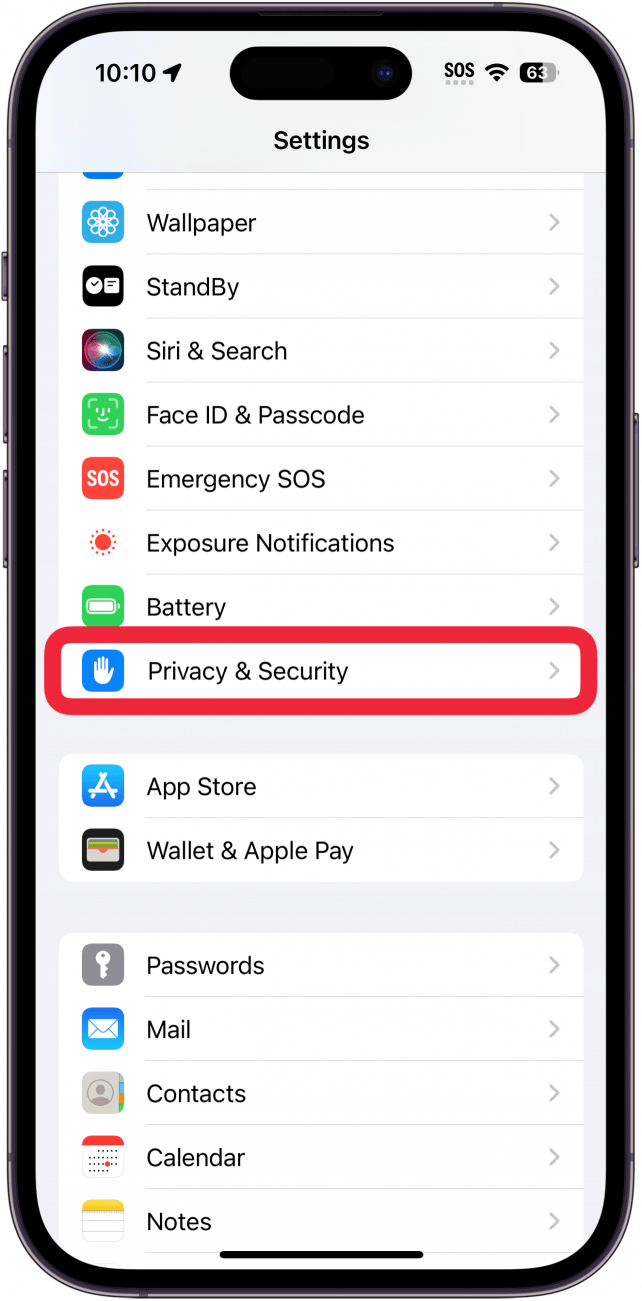
- Tap Location Services.
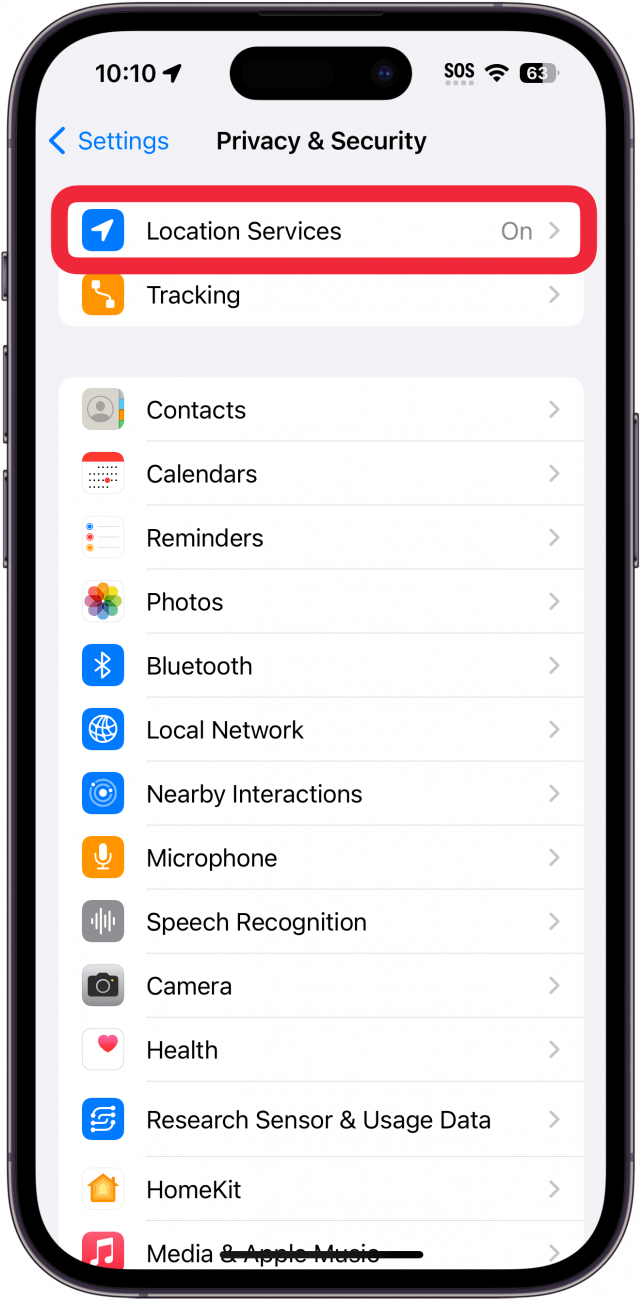
- Scroll all the way to the bottom and select, System Services.
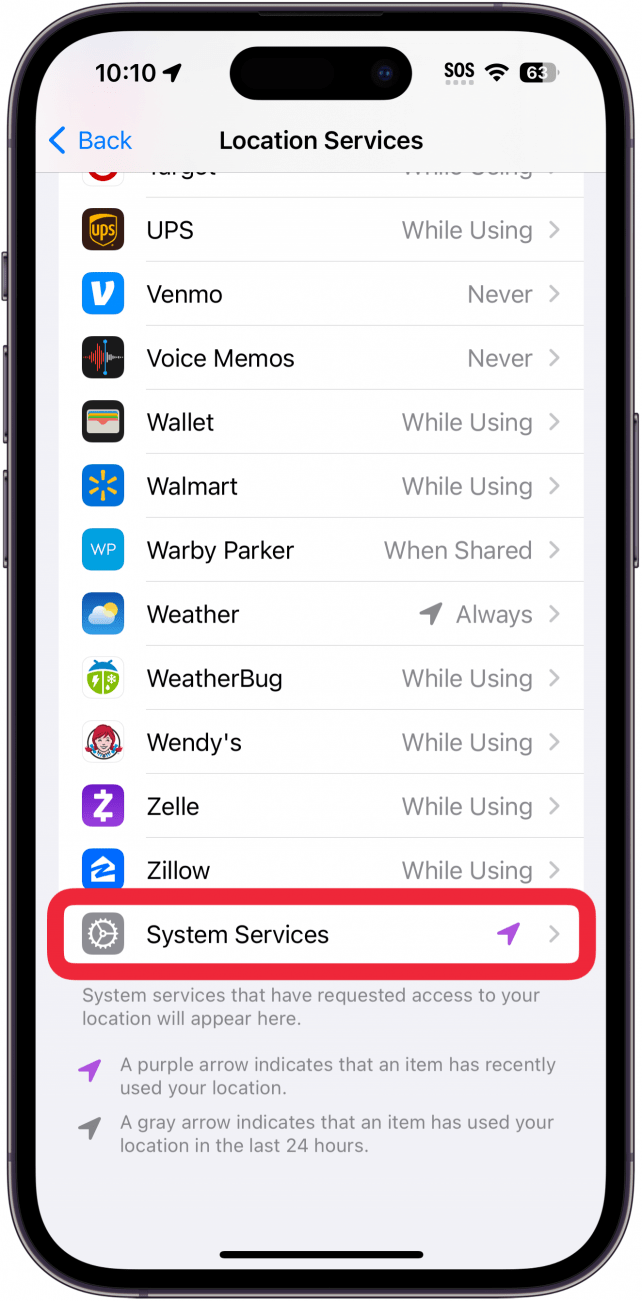
- Tap Significant Locations.
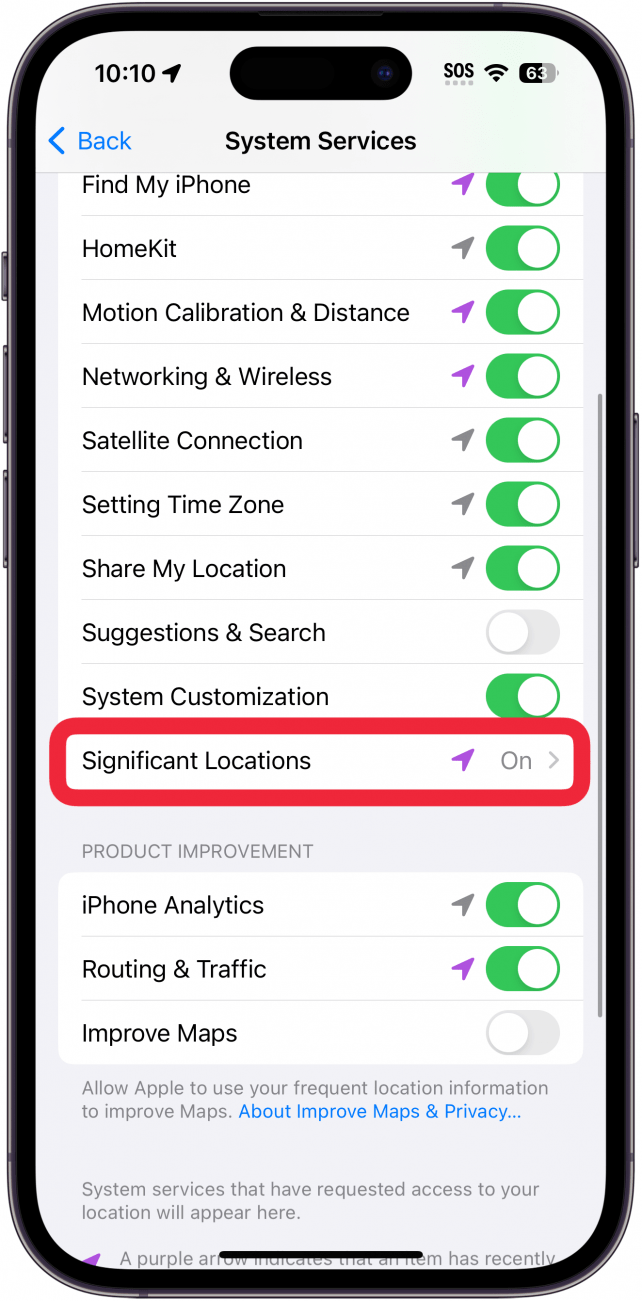
- Make sure Significant Locations is toggled on.
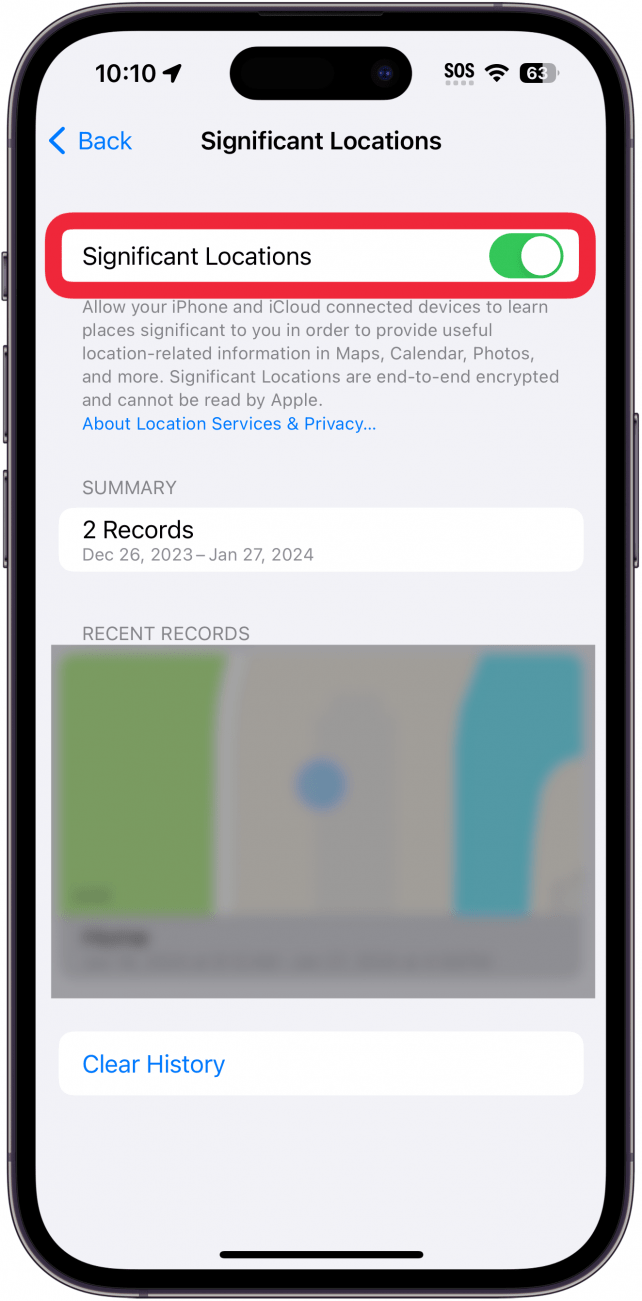
With Significant Locations enabled, your iPhone should be able to better recognize when you are at home. However, you also need to make sure you have a home address added to your iPhone.
How to Add Your Home Address to iPhone
Now that you have Significant Locations added, let’s add your home address. You can also follow these steps to add your work or other important locations:
- Open the Maps app.
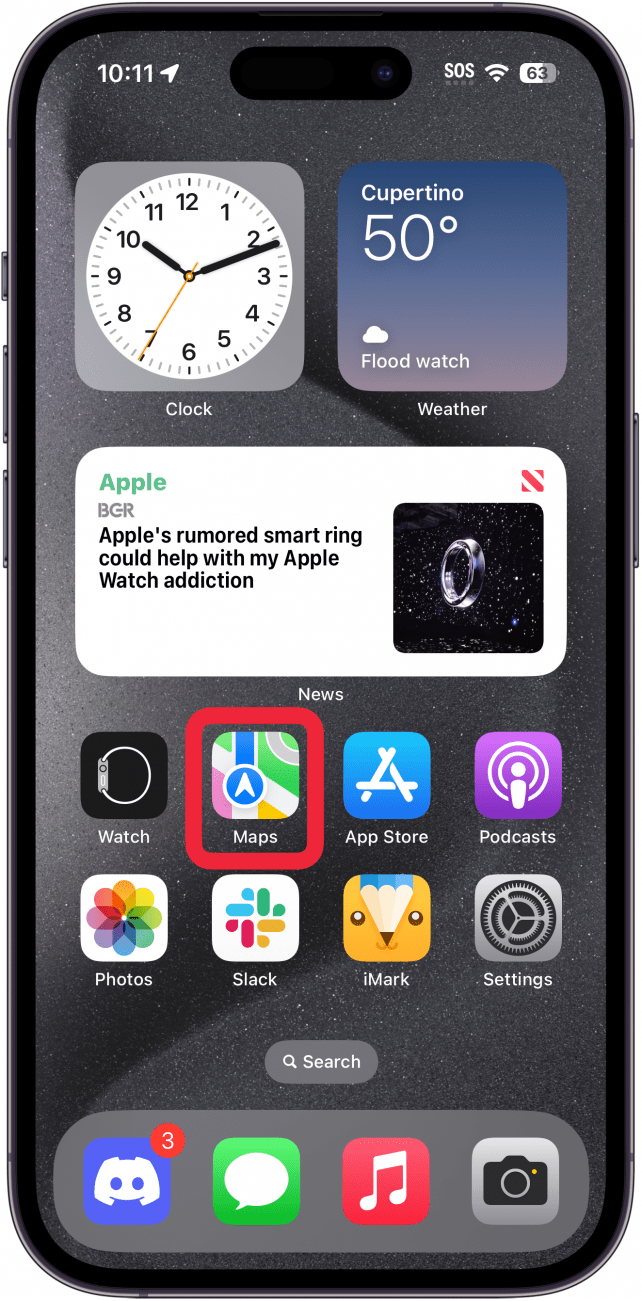
- Tap your profile icon, next to the search bar.
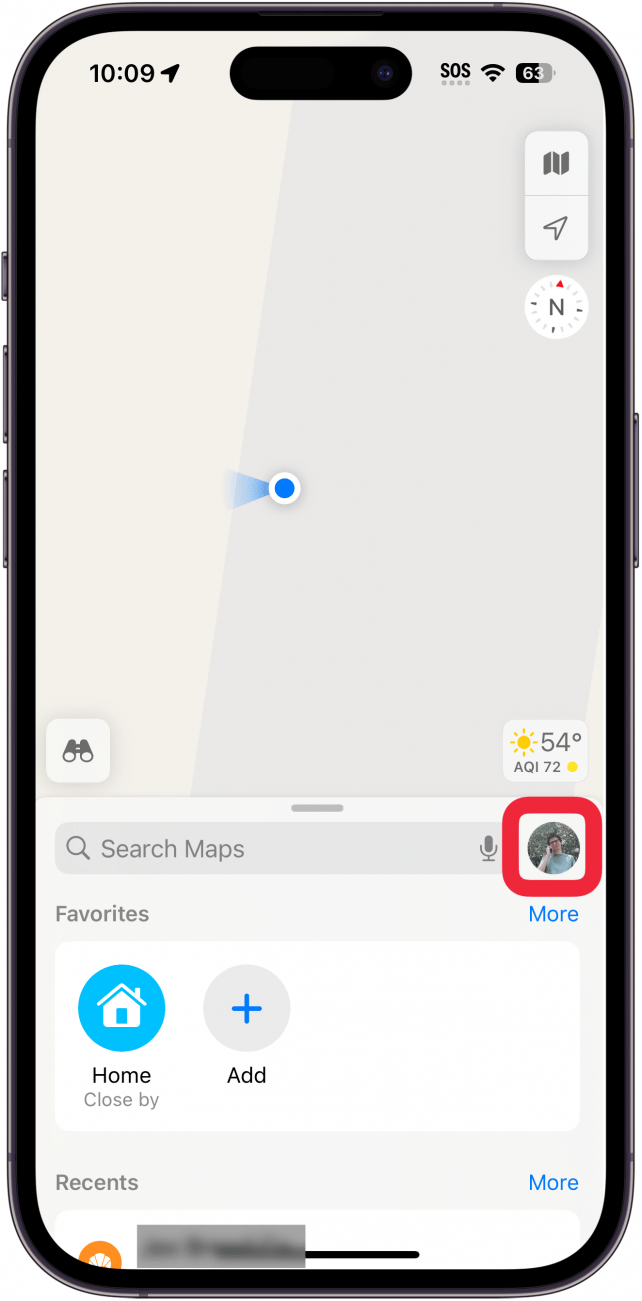
- Tap Favorites.
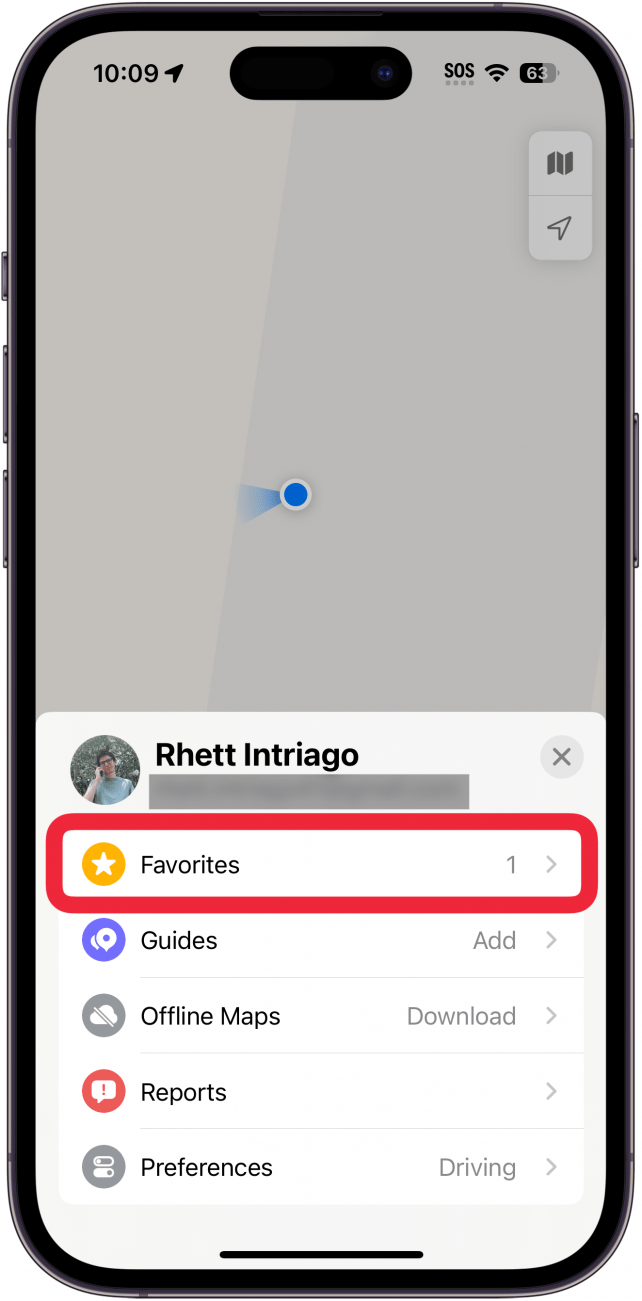
- Tap the plus icon in the lower right.
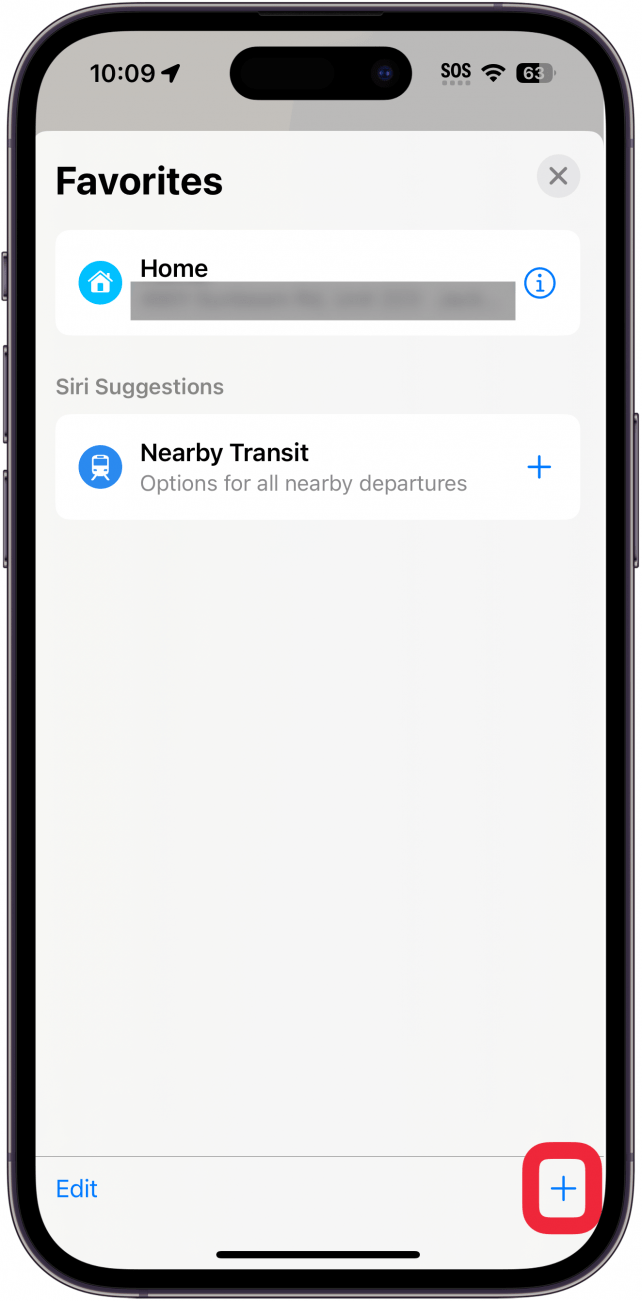
- Type in the address you want to add, and then tap the plus icon next to it.
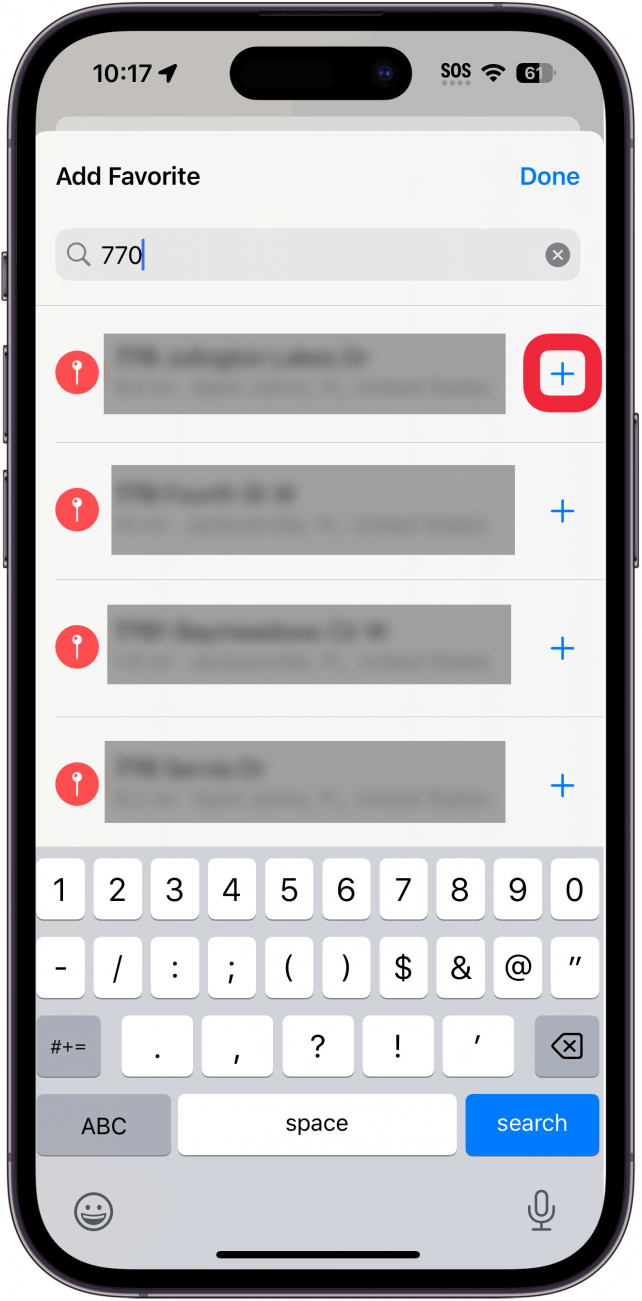
- Under Type, select which type of address this is. For example, if you are adding your home address, tap My home.
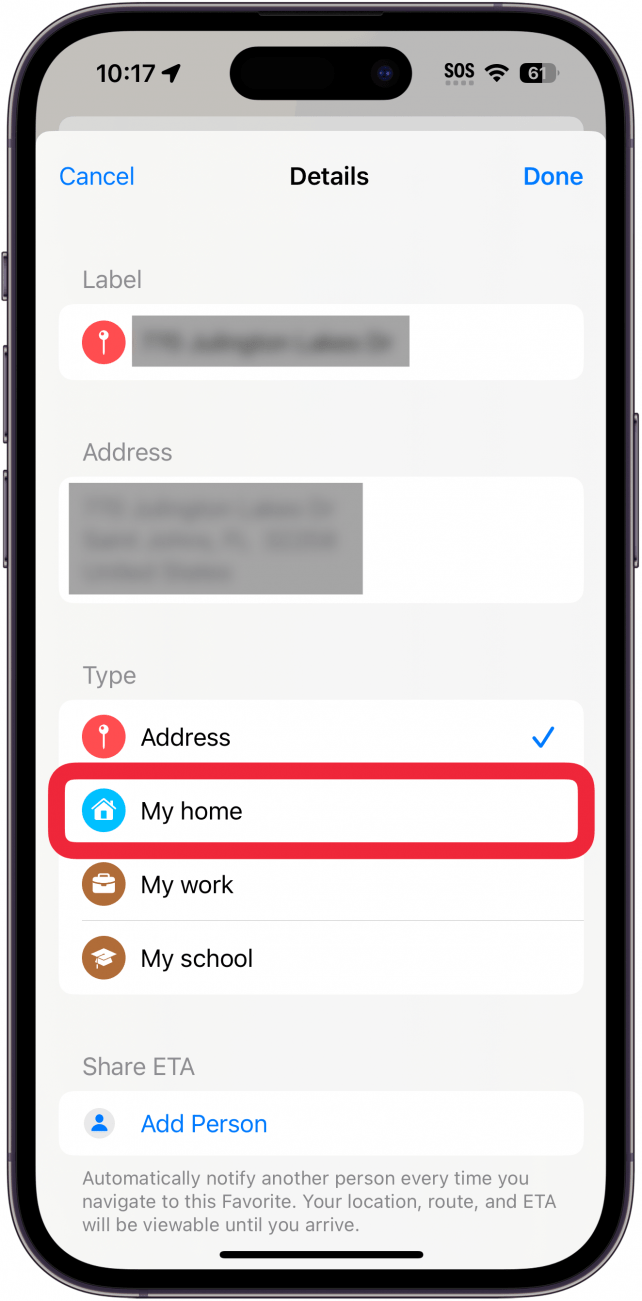
- Your contact card will pop up. Tap Update to update your address on your contact card.
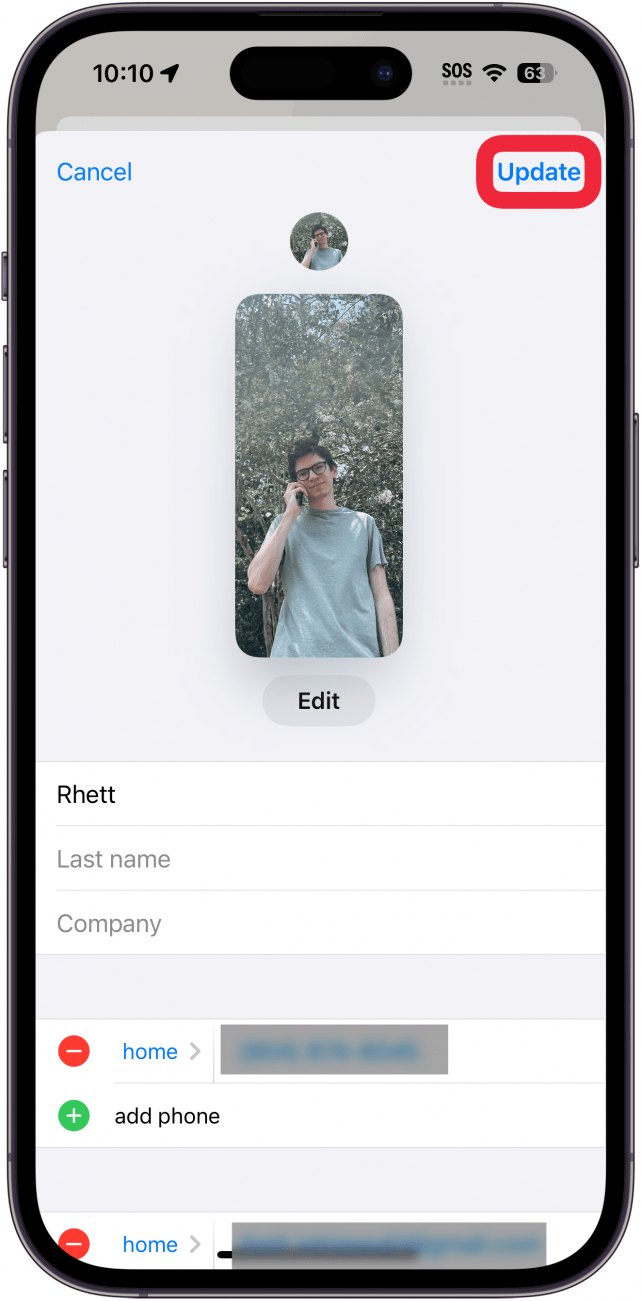
- Tap Done.
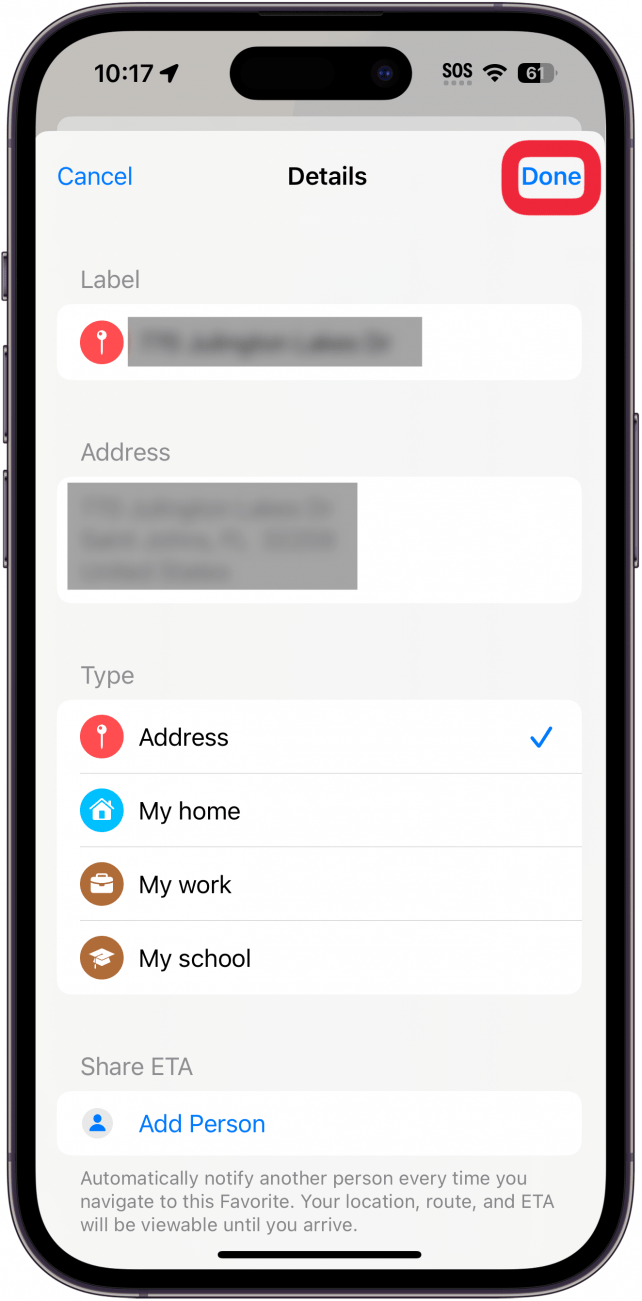
That’s how to add your home address to your iPhone so that Stolen Device Protection can recognize when you are at home.
FAQ
- What should I do if my iPhone is stolen? If your device is stolen, you can prevent the thief from accessing your data or selling the phone by using Find My. Check out our article on how to lock a stolen iPhone for more details.
- Do I need to update my iPhone for security? Keeping your iPhone up-to-date will ensure that your device software has the latest security patches and fixes. It is strongly recommended that you keep your iPhone updated and running the latest version of iOS.

Rhett Intriago
Rhett Intriago is a Feature Writer at iPhone Life, offering his expertise in all things iPhone, Apple Watch, and AirPods. He enjoys writing on topics related to maintaining privacy in a digital world, as well as iPhone security. He’s been a tech enthusiast all his life, with experiences ranging from jailbreaking his iPhone to building his own gaming PC.
Despite his disdain for the beach, Rhett is based in Florida. In his free time, he enjoys playing the latest games, spoiling his cats, or discovering new places with his wife, Kyla.
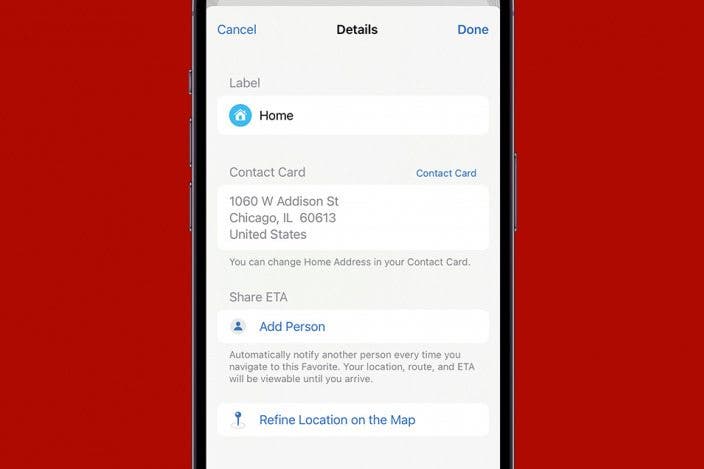
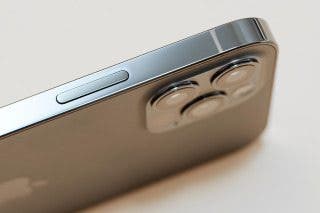
 Rhett Intriago
Rhett Intriago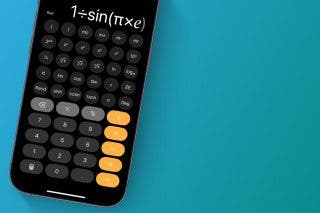
 Leanne Hays
Leanne Hays
 Olena Kagui
Olena Kagui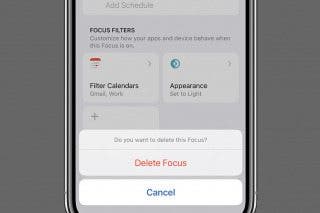

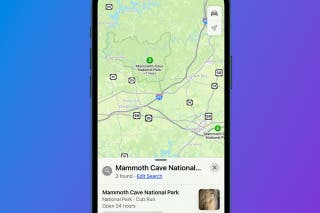

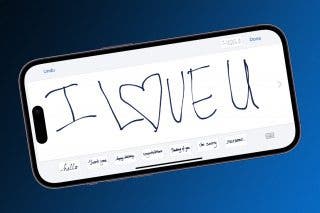
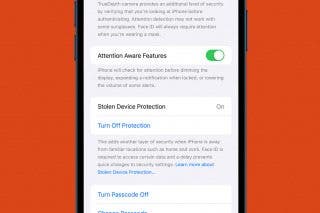
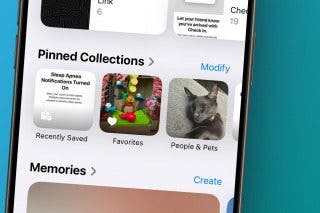

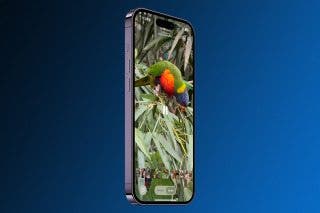
 Rachel Needell
Rachel Needell
